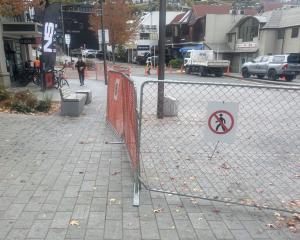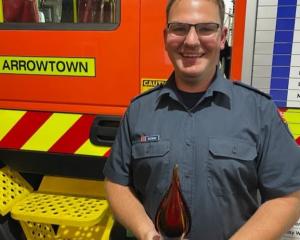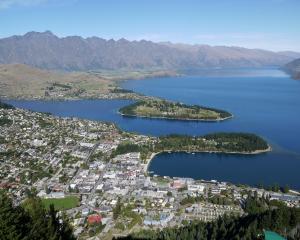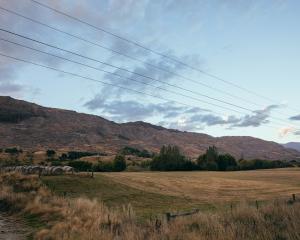A lack of alternative buildings in which to house the 66 staff - including library staff - from that building and 82 staff in another leased building on Shotover St means the council may be forced out of the CBD, and Five Mile has been raised as a possibility.
In a report to be discussed at next week's full council meeting, planning and development general manager Marc Bretherton said while the main council building was not ''earthquake prone'', at 35% of building code it was at the minimum earthquake safety level.
''It cannot continue to house public records, or act as a centre for emergency management.
''Operationally, the building is not fit for purpose and, given its construction, there have been serious concerns expressed as to how the building would perform in an earthquake.''
A report from Holmes Consulting, which had been peer reviewed, concluded it would cost about $1 million for liquefaction remediation to get the building to more than 50% of Importance Level 2 (IL 2), with capacity for 300 people.
''As an IL2 building, QLDC is immediately required to readdress storage of critical public records and the current use of the building as an emergency management headquarters.''
Even if remediation was done it was ''highly unlikely'' to get the building to IL3, with capacity for 500, and would ''never'' get to IL4, defined under the New Zealand Building Code as buildings essential to post-disaster recovery, including those intended to contribute to emergency preparedness, or to be used for communication and operation centres in an emergency and other facilities required for emergency response.
Council staff are spread across three sites in the resort: Gorge Rd, two floors leased in a Shotover St building, and the Queenstown Events Centre.
Mr Bretherton said that situation was ''far from ideal'', and the split between the Gorge Rd and Shotover St sites, in particular, was creating ''operational deficiencies''.
Both were cramped and staff density was ''at the lowest end of what is acceptable'', which was affecting morale.
Additionally, office space at the events centre was at ''absolute capacity''.
Mr Bretherton said the lease at Shotover St was due to expire in July 2016 and while ''it had been assumed'' the landlord would be happy to provide a further extension of the lease, growing demand from alternative tenants had resulted in an alternative proposition - to extend the lease for level one only, housing 58 staff, and providing a lease on a Church St building to accommodate the remaining 24 staff.
Overall, it was preferred to investigate alternative, cost-effective options in the resort to house staff from the Gorge Rd and Shotover St sites under one roof. However, options were few and far between, he said.
''Colliers [International Queenstown] cannot identify an existing premises in the CBD that could accommodate all staff. They have identified that there are a number of sites in the CBD that could potentially be developed to provide suitable accommodation.
''They have also considered a new-build scenario elsewhere in Gorge Rd, further from the CBD, and an incomplete new build at Five Mile that is currently being leased.''
It was estimated a new building on Gorge Rd would cost $456,750 annually, while one within the CBD would cost about $540,000.
Alternatively, leasing a building in the CBD would cost about $472,500 annually, and leasing at Five Mile $504,000.
The costs included rentals, outgoings and car parks.
Mr Bretherton recommended the council investigate alternative options to house staff from Gorge Rd and Shotover St in a single premises, which would require ''some modest costs'' until such time as a suitable alternative was found.
''There is a reputational risk in not at least pursuing alternative accommodation options when some structural risk has been identified; [and] there are potential benefits in improving working facilities for elected members and staff and a single point of access to the council services for the public.''












